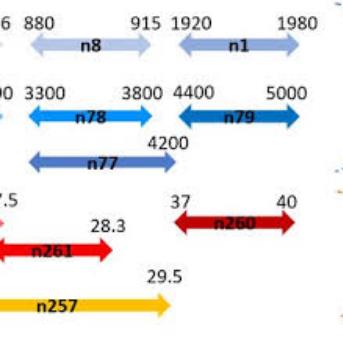What Research Is Conducted at Goldstone Observatory?
Goldstone Observatory, part of NASA's Deep Space Network (DSN), is a key facility located in the Mojave Desert, California. This observatory is crucial for a range of scientific and exploratory missions that expand our understanding of the universe. With its large antenna dishes, Goldstone plays a pivotal role in communicating with space missions, tracking, and collecting data from distant spacecraft. Here we explore the diverse research activities undertaken at this facility.

Deep Space Communication
One of Goldstone's primary functions is to facilitate deep space communication. Equipped with several high-gain antenna dishes that include the impressive 70-meter (230 feet) DSS-14 antenna, Goldstone is capable of receiving and transmitting signals to and from spacecraft located beyond the moon.
Key Capabilities:
- Long-Distance Communication: Enables reliable communication with missions across the solar system, from Mars rovers to Voyager probes at the edge of our solar system.
- Data Relay: Transmits scientific data collected by spacecraft back to Earth, including high-resolution images, atmospheric data, and more.
Radar Astronomy
Goldstone Observatory is also renowned for its contributions to radar astronomy. Using high-power radar systems, researchers at Goldstone can study nearby asteroids, comets, and other celestial bodies. This research is critical for understanding the composition, trajectory, and characteristics of objects that come close to Earth.
Scientific Contributions:
- Near-Earth Object Tracking: Helps in assessing the threat posed by asteroids and comets by determining their size, shape, and orbit.
- Planetary Science: Provides detailed radar images of the Moon, Mars, and other planets, contributing to geological and atmospheric studies.
Spacecraft Support and Navigation
Goldstone's antennas assist in the navigation and operation of space missions by monitoring their trajectory and speed. This support is vital for the success of missions, ensuring they reach their intended destinations and conduct their scientific experiments accurately.
Navigation Functions:
- Precise Tracking: Uses Doppler radar and telemetry to monitor the speed and direction of spacecraft.
- Mission Adjustment: Sends commands that help in course corrections, instrumental configurations, and other critical adjustments during missions.
Technological Development and Testing
Goldstone Observatory serves as a testing ground for new technologies related to radar and communication systems. Innovations developed and refined here often set standards for future space communication infrastructure.
Innovative Research Areas:
- Signal Processing: Develops new techniques for processing the weak signals received from deep space.
- Antenna Technology: Enhancements in antenna design and materials that improve signal reception and transmission capabilities.
Educational Outreach and Collaboration
Beyond its research and operational roles, Goldstone Observatory engages in significant educational and collaborative projects. It offers opportunities for students and researchers to understand deep space communication and radar astronomy, promoting a greater interest in STEM fields.
Outreach Programs:
- Live Feeds and Tours: Provides educational tours and live feeds of mission events, making space missions accessible to the public and educational institutions.
- Collaborative Research: Works with universities and international space agencies to foster a global approach to space exploration and science.
Conclusion
The Goldstone Observatory is a cornerstone of NASA's Deep Space Network, providing critical communication and tracking services that support numerous space missions. Its research in radar astronomy and deep space communication continues to contribute valuable insights into our solar system and beyond, enhancing our capabilities to explore and understand the vast universe. As Goldstone continues to evolve with technological advancements, its role in future space exploration and research remains indispensable.
